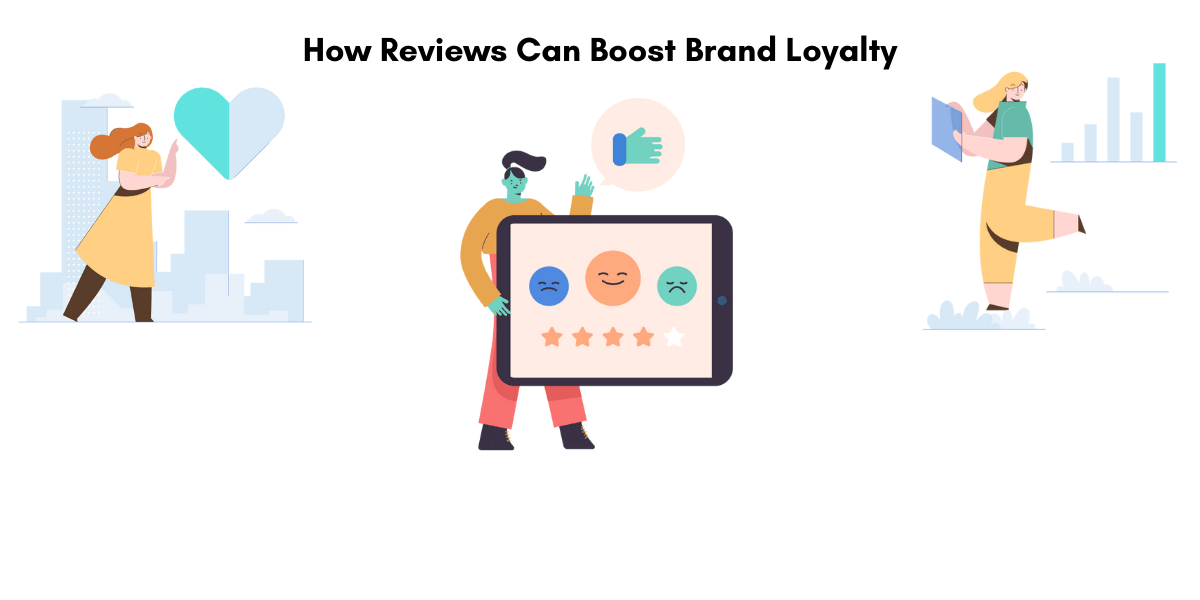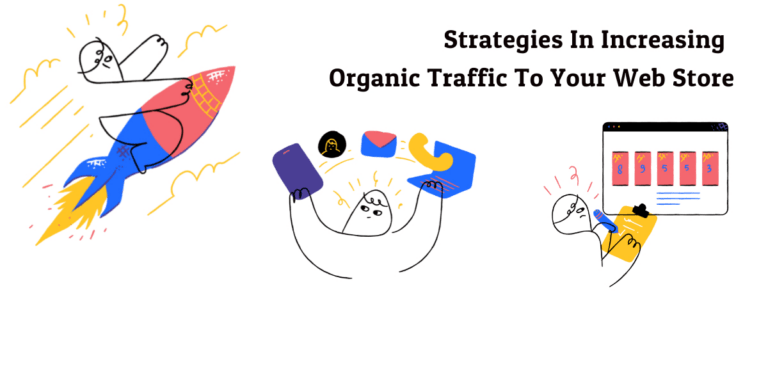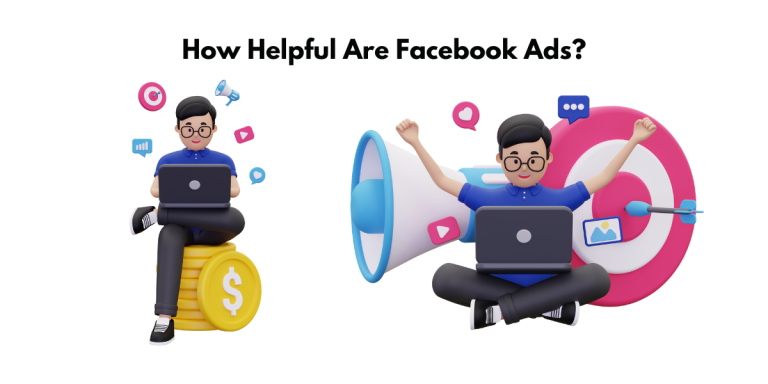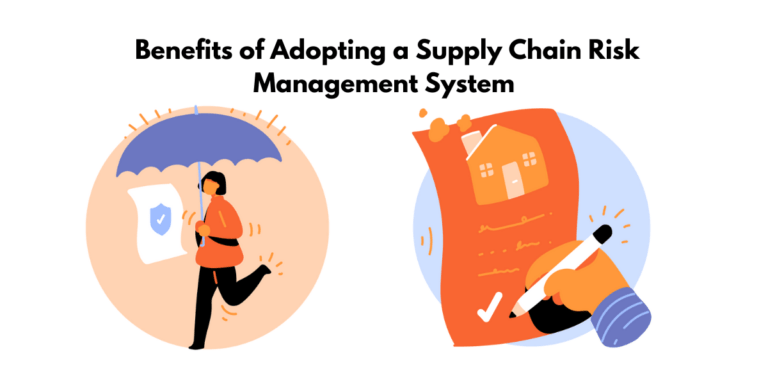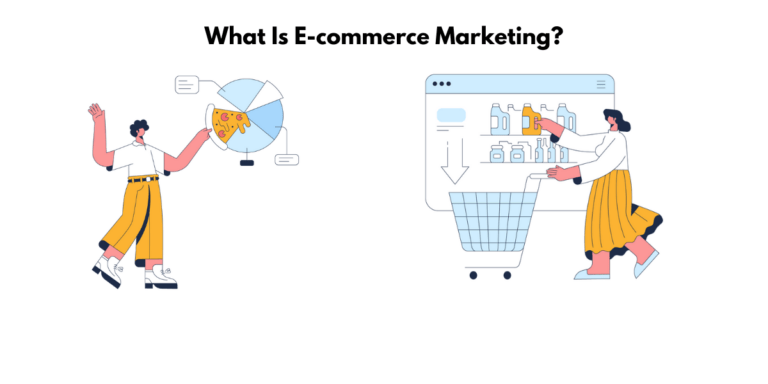How to Increase Brand Loyalty with the Help of Reviews
Ways on How Reviews Can Promote Brand Loyalty
Reviews are a valuable asset for any business, as they can help increase loyalty and encourage new customers to try out your product or service. To make the most of your reviews, it’s important to understand how they work and what makes them persuasive to consumers. Additionally, you should make sure that you respond to all customer reviews, both positive and negative. This will show that you care about your customers and their experience with your brand.
Nowadays, in an increasingly competitive online landscape, brands are tasked with creating original user-friendly experiences to win new customers. To achieve this, they often rely on customer reviews. Positive reviews can lead to increased loyalty and word-of-mouth marketing.
Brand loyalty is key to the success of any business. It can be difficult to maintain, but there are a few things businesses can do to increase brand loyalty with the help of reviews. Reviews provide social proof that your product or service is worth purchasing and help drive retention rates.
Nowadays, a company’s success relies heavily on the loyalty of its customers. To keep shoppers coming back time and again while simultaneously generating sustainable brand growth, brands are incorporating loyalty programs into their reviews strategy. There are many different ways to create a loyalty program, but one of the most effective is incentivizing customers to write product reviews. This increases customer engagement with the brand, but it also helps boost the credibility of the reviews.
A recent study found that when customers are asked to leave a review, they are 50% more likely to return and spend money at the business again. Furthermore, integrating loyalty with your reviews strategy can ultimately drive retention and accelerate brand growth.

Retention: The Key to Sustainable Brand Loyalty and Growth
Retention has always been an important aspect of business, but it has taken on a new level of importance in the age of eCommerce. As a result, businesses need to find ways to keep their customers coming back and spending more money to be successful. One way to do this is by capitalizing on integrations between brand loyalty and reviews solutions. This will help improve customers’ average order value (AOV), overall retention, and customer lifetime value (CLTV).
To keep growing sustainably, brands need to focus on customer retention. And a key way to drive retention is by getting reviews from your most loyal customers. This shows that you’re dedicated to providing quality products and services, making customers more likely to stick around and recommend you to their friends.
By using reviews and loyalty solutions together, brands can achieve sustainable growth and better ROI. Reviews help increase customer retention rates by providing social proof that can influence purchasing decisions. Loyalty solutions provide customers with incentives to continue doing business with the brand, fostering long-term relationships. When both of these tools are used together, businesses see a significant improvement in their bottom line.
The Benefits of Syncing Loyalty and Reviews Strategies
There are many benefits to syncing your loyalty and reviews strategies. Recent studies signal that loyalty programs are gaining traction in the eCommerce space. This is likely because they are an effective way to increase loyalty. Similar to ratings and reviews, consumer loyalty is not new to eCommerce. However, it is still an incredibly powerful tool for businesses looking to increase their bottom line.
Therefore, it is evident that brands need to focus on strategies to increase customer loyalty. One way to do this is by syncing loyalty and review strategies. For example, in a 2022 study of 3,800 global consumers, Yotpo found that 64.7% of shoppers want to shop directly from brands they are loyal to. This comes as no surprise, considering brand loyalty has existed and triumphed in commerce since its origin in the 1800s, according to Martech.
There are many benefits gained by syncing up a brand’s loyalty and reviews strategies. Some of the most notable metrics that brands see improvement in include customer lifetime value, organic growth, and social media referrals. Additionally, a 161% higher conversion rate is seen for shoppers that see user-generated content (UGC) and reviews on a brands’ site. This demonstrates the potential benefits brands can gain from leveraging loyalty and reviews.
- An increase in customers’ AOV
- Improved overall CLTV
- Boosted CVR across products
Consumer Behavior is Driving Retention Strategies
Customer reviews are becoming an increasingly important factor for businesses regarding customer loyalty and retention. In fact, according to Shopify, customers are 63% more likely to shop from brands with high-quality reviews. This is because online shoppers trust customer reviews more than any other form of advertising. As a result, businesses focus on creating better review systems and leveraging customer feedback to increase brand loyalty.
As a result, businesses are beginning to focus on retention strategies beyond collecting reviews on search engines. For example, through social media shopping integrations and mobile-first experiences, businesses can encourage customers to post photos and videos of their products on social media platforms. This will create a sense of community around the brand and drive customer loyalty.
Brands must focus on their reviews strategy to keep current customers and increase brand loyalty. This is because consumer behavior has driven the need for businesses to focus on retention strategies. In addition, ratings and reviews are now standard practice across global eCommerce marketing, so brands must display them prominently on their website and social media pages.
Therefore, to reduce customer acquisition costs (CAC) and increase loyalty, businesses need to focus on creating a positive consumer experience. This can be done by leveraging customer reviews and implementing retention strategies that encourage customers to keep coming back.
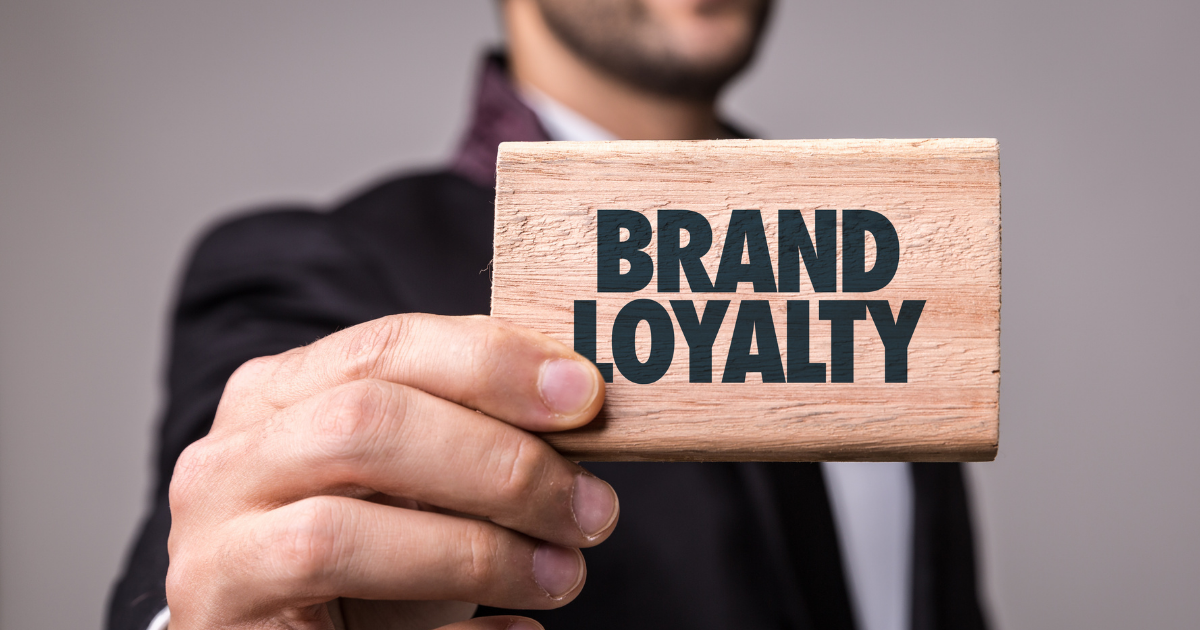
How Do Brands Build Retention with Loyalty and Reviews?
There are a few key ways that brands can increase loyalty and reviews. First, they can incentivize repeat purchases. This could be in the form of discounts, rewards programs, or other incentives. Second, generating more social proof is important. This means getting more customers to leave positive reviews and testimonials on Yelp, Google+, and Facebook. Finally, enhancing community engagement via integrations between loyalty and review solutions can help keep customers coming back for more.
Nowadays, customers are more likely to leave a review than ever before. According to research, 88% of customers will read online reviews before purchasing from a business for the first time. That number increases to 93% for those already purchased from the company. This is why many brands are looking for ways to increase loyalty with the help of reviews.
Boosting CLTV by Collecting More Reviews
Businesses can boost their CLTV by rewarding customers for writing reviews and leveraging customer data (e.g., product fit, quality, shipping, etc.) from reviews and visual-user-generated content (VUGC). Focusing on the happiest customers and collecting more reviews will help businesses better understand what their customers want and need, leading to a boost in CLTV.
One way businesses can boost CLTV is by collecting more reviews. Rewarding customers can do this by leaving thorough reviews and sharing VUGC. The rewards could be discounts or exclusive access to products or services. In doing so, businesses encourage community engagement and strengthen brand advocacy. As a result, retention and CLTV are boosted.
Maximizing Repeat Purchase Rates and AOV with Unified Customer Experiences
Loyalty programs are a critical component of any business’ customer retention strategy. While online loyalty programs are well-known and understood, hybrid loyalty solutions that combine online and offline interactions are becoming more common and in demand. This is because they offer the best of both worlds – the convenience and flexibility of online loyalty programs combined with traditional customer service’s personal touch and engagement. As a result, businesses should consider implementing a hybrid loyalty solution to maximize their repeat purchase rates and AOV.
Nowadays, more than 50% of customers want to engage with a brand’s loyalty program via their mobile device when shopping in-store. This number will only grow as customers increasingly demand engaging and convenient customer experiences. Brands that can provide unified customer experiences across different channels will be better positioned to maximize repeat purchase rates and average order values.
This suggests that shoppers seek loyalty solutions that unify their online and offline shopping experiences into one cohesive and user-friendly package. Brands that can provide this type of experience will be more successful in maximizing repeat purchase rates and average order values.
Improving CVR with Incentivized Social Proof
Incentivized social proof is a relatively new trend in customer retention. Essentially, it is a way to encourage customers to leave ratings and reviews for a product or service by offering them an incentive. This can be in money, discounts, or other benefits. The idea is that satisfied customers are more likely to recommend a product or service to others, and incentivized social proof helps increase those recommendations.
Instagram has found that nearly 87% of shoppers that interact with social proof, including VUGC via social media, take action in the consumer journey. This could be anything from clicking on a link to making a purchase. Brands can use this information to improve their CVR by incentivizing users to post reviews and photos of their products.
Nowadays, it is widely understood that most online consumer behavior is influenced by social proof. Thus, brands who want to improve their customer retention and CVR should tap into this phenomenon. There are many ways to do this, but one common method incentivizes customers to leave positive reviews. This will encourage other customers considering the product or service to make a purchase decision, as they will see that others have had a good experience.
Turning Reviews into Retention is Easy with the Right Tech
Retaining customers has always been a challenge for brands, but it is especially difficult in eCommerce. Many factors contribute to customer loyalty, but reviews are one of the most important. To increase brand loyalty, businesses need to make sure they are collecting and using customer feedback effectively. This can be done with the help of review management software.
However, there are ways to achieve the same goal without spending a fortune. Leveraging customer feedback and providing incentives for customers to engage with the brand emotionally can create the same effect. With the help of technology, this process can be automated and streamlined, making it easy for brands to increase loyalty and keep customers coming back.
Creating a unified customer experience and sense of community is beneficial for increasing brand loyalty and has the potential to offer many other benefits. By providing a space where customers can engage with one another and share their experiences, businesses can create a community of loyal customers who are more likely to return. Additionally, this type of online interaction can help businesses learn more about their customers’ wants and needs, allowing them to adapt and grow accordingly.
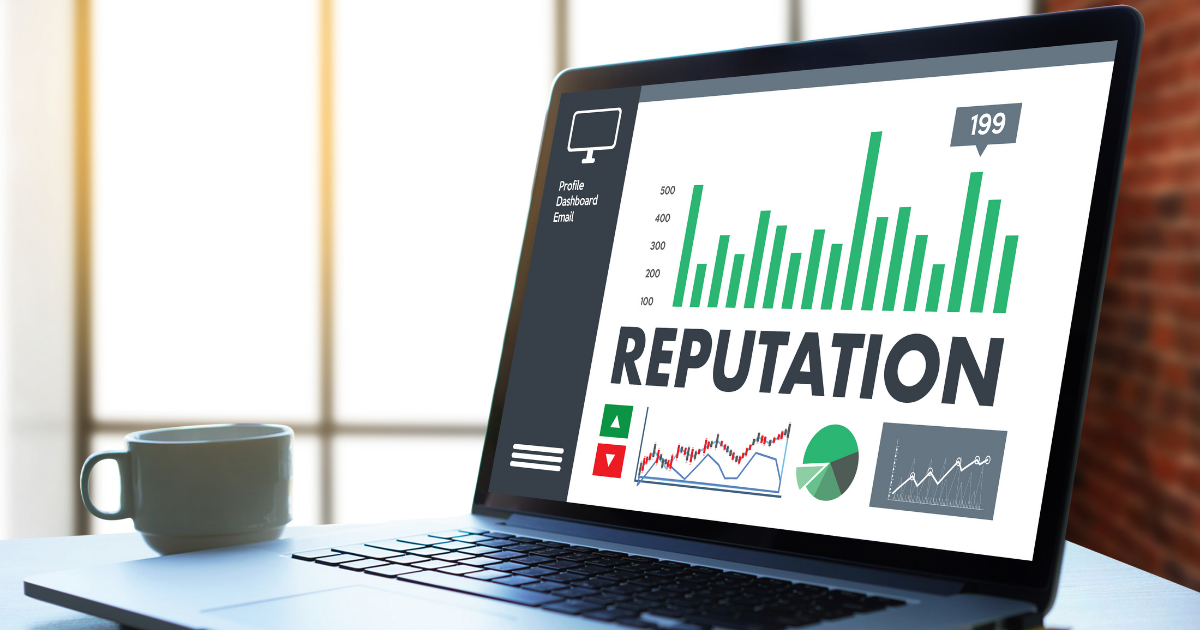
What Is Brand Loyalty?
Brand loyalty is the devotion of a customer to a particular brand. This can be measured in how often customers purchase items from that brand, how much they are willing to spend on products even if they are more expensive than similar items from other brands, and how likely they are to try out new products from the same company. Generally speaking, companies want as many loyal customers as possible because it is less costly and more profitable to retain an existing customer than to attract a new one. There are various ways for companies to increase brand loyalty among their consumers, including but not limited to providing excellent customer service, offering unique products and services, and maintaining competitive prices.
Brand loyalty is a strong emotional connection that consumers have with a brand. They trust the brand to meet their expectations, and as a result, they are more likely to stick with that brand even if another product is available. Brand loyalists are also less likely to let their preferred brands go out of stock, and if there isn’t one available, they will be more likely to buy another product from the same company than purchase a substitute.
Why Brand Loyalty Matters to Your Business
Brand loyalty is extremely important for businesses because it encourages customers to repeatedly buy products or services from a company, even when there are cheaper or better alternatives available. It’s usually created through customers’ positive experiences with a brand, such as great customer service, quality products, and engaging marketing campaigns.
Brand loyalty is when a customer continues to buy products or services from a particular company. These customers are less likely to switch to a competitor and may be more willing to pay more for the same product. They’ve built a relationship with the brand and see it as valuable. As a business, it’s important to cultivate this type of loyalty among your customers if you want long-term success.
Levels of Brand Loyalty
There are different levels of brand loyalty, and not all customers are created equal. Some customers are more loyal to a brand than others, and others are more likely to switch brands. However, it is possible to create loyalty to a brand by implementing the right marketing techniques. One of the most important factors is customer reviews. Reviews can help create trust between the customer and the brand and can help encourage repeat business.
Brand Insistence
Brand loyalty is the highest level of loyalty that every business strives for with its audience. This occurs when customers are so devoted to a brand that they are willing to consistently purchase its products or services regardless of what is available.
Passionate brand loyalists often drive brand insistence. These individuals will often install your product or service without purchasing it, continually spreading the word to their social networks. As a result, this can create a virtuous circle of growth for your business.
Brand Preference
Brand preference is important because it can make or break your business. If all things are equal, people will choose the brand that they have a preference for. This is why it’s so important to foster a good relationship with your customers and create a positive image for your company.
Maintaining a strong brand identity is critical for any company at every stage of its growth. It ensures that the company’s values are consistently delivered to consumers and helps to build customer loyalty. As a company expands, it may face new challenges in protecting its brand identity. But with careful planning and execution, it can maintain the level of brand preference that helped it succeed in the first place.
Brand Recognition
Brand recognition is key for companies because it’s the first step in forming a brand’s loyalty. Once someone recognizes a brand, they are more likely to return to it in the future and recommend it to others. There are many different ways to increase brand recognition, but it’s an ongoing process that requires dedication and consistency.
Brand recognition may be due to a variety of reasons. For example, a company can put in extensive marketing efforts to make sure the public knows its brand. On the other hand, an individual’s associations with a brand (due to friends, family, or media exposure) may also lead to recognition.
To create a successful marketing strategy, it is important to understand how consumers form impressions about brands before they are exposed to them. Once these impressions are formed, they tend to be difficult to change. Therefore, companies must make sure their branding is consistent across all platforms and that their message is clear and concise.
- Good Business Ideas for E-commerce Entrepreneurs to Invest In - October 20, 2022
- How to Increase Brand Loyalty with the Help of Reviews - June 18, 2022

